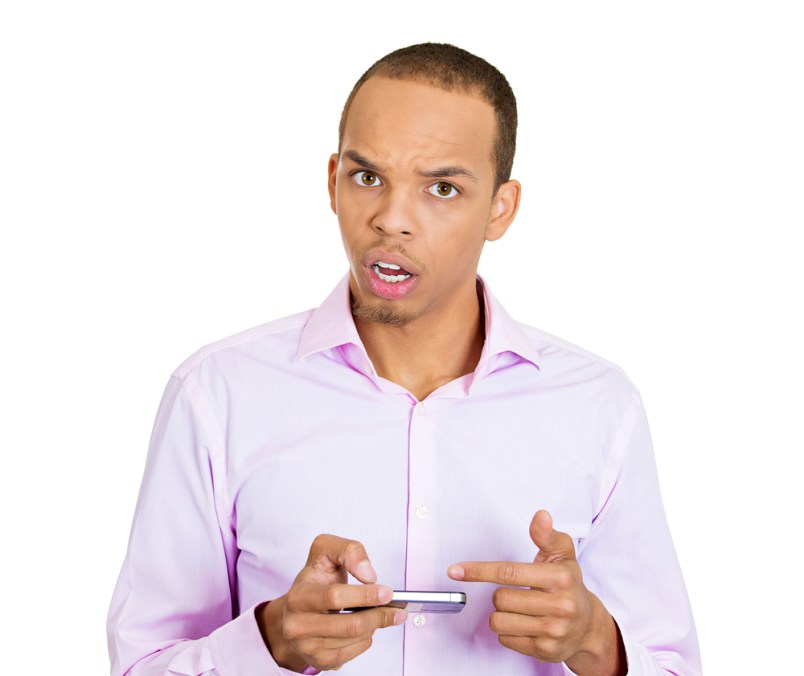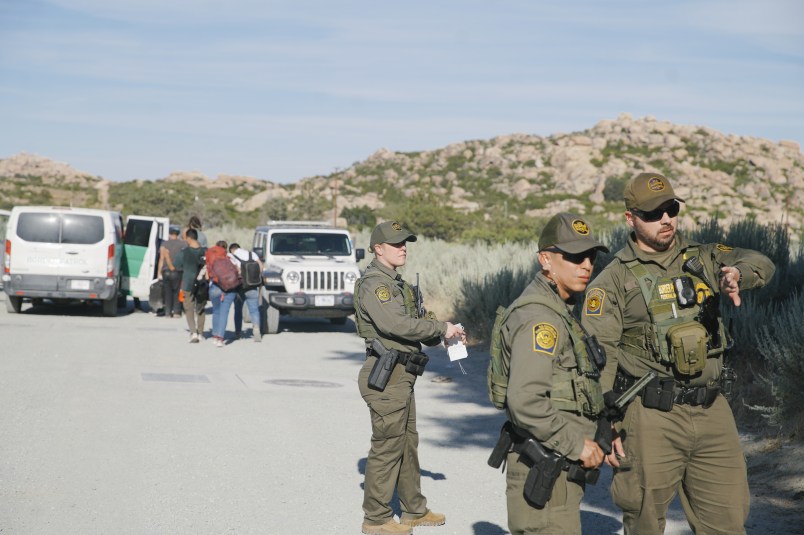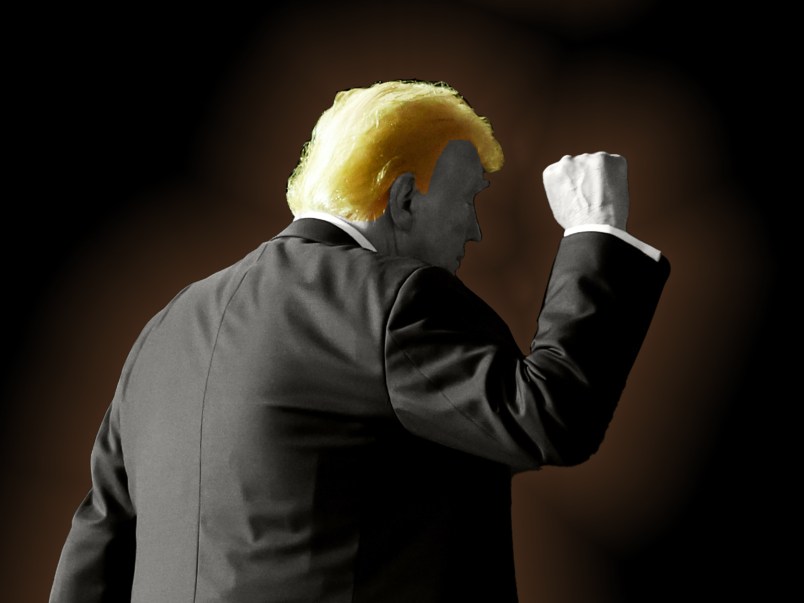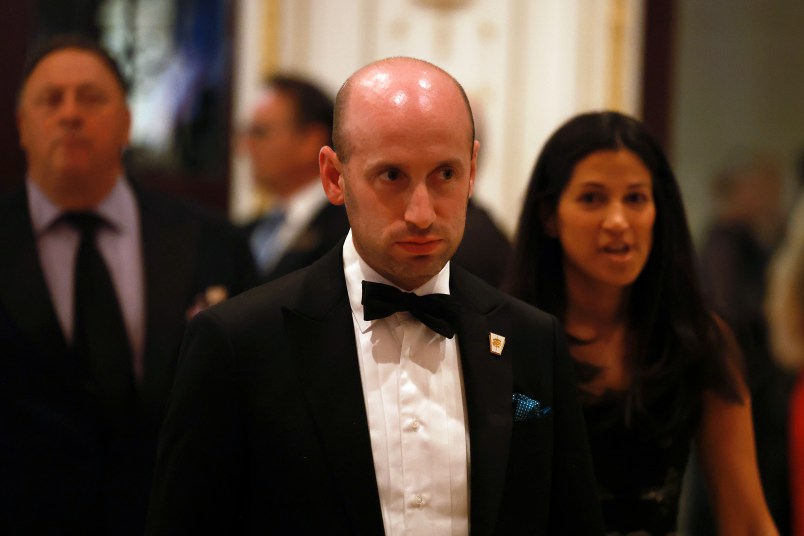Via its Twitter account, magazine Marie Claire posted an image of Kendall Jenner in braids and declared them “new” and “epic.” The brand immediately received backlash, mostly comedic and largely from Black women who have been wearing cornrows and braids long before Jenner was born. The protests against Marie Claire’s casual erasure of black cultural influence were registered as “outrage,” which is hyperbolic and incendiary, and speaks to the larger issues of hashtag and outrage fatigue on social media.
Twitter’s hashtags have become a significant part of social and news media. They have moved beyond the social network and help shape conversations around everything from world events to late night talk show fodder. News sites aggregate tweets for responses to current events. In the last four years, more people have begun to use Twitter and its hashtags as tools of social justice, leading to the term “hashtag activism” and its gradual backlash. A disproportionate number of Twitter users are non-white, which is reflected in the number of popular topics that reflect concerns dealing with race, sex, the intersection of the two, and culture appropriation.
As surely as Twitter’s hashtags can leave an organization like Susan G. Kormen for the Cure or a celebrity like Paula Deen scrambling for image control, they also leave others wondering about their effectiveness, especially in light of the recent #CancelColbert campaign. There are rumors that Twitter is looking to move beyond hashtags, and it doesn’t seem unreasonable to question if various hashtag campaigns, their successes, and their backlash are influencing this possible decision. However, to be fair, questions about the use of hashtags have been floating around for a while now. Whatever one’s thoughts are about hashtags and hashtag activism, they can garner results, and Twitter’s users — many of whom are people of color — take advantage of them to form communities of protest and humor.
Not only did Twitter, or more specifically “Black Twitter,” help bring George Zimmerman’s murder of Trayvon Martin to the foreground of American news, it also helped prevent one of the jurors from exploiting her trial experiences for financial gain. Users rely on hashtags to protest Native American imagery and slurs as mascots for athletic teams and to shed light on where feminism needs a kind of self-examination. Shortly before people took to social media to comment about How I Met Your Mother’s divisive series finale, many expressed disappointment in the show’s decision to use yellowface. Hashtag campaigns can cause change. People in positions of power can no longer defend racist or sexist behavior by claiming they were unaware of how people would respond. Twitter is one of the fastest means of communication, and its users are quick to point out missteps and demand retribution, even if it’s only a public apology.
And because of Twitter users’ swiftness in replying to various social injustices, it can seem like they’re on a constant hunt for the next Big Issue, or that they’re fickle. When consolidating arguments into 140-character bursts, there can be a loss of subtlety and nuance that can lead to gross misunderstandings that taint the original cause. It’s also important to note that Twitter cannot be the only tool protestors use. What happens after a topic trends?
The most recent high-profile example of hashtag activism came with #CancelColbert, when a satirical tweet was taken out of context. For some, attacking a much-beloved figure like Stephen Colbert was going too far. The #CancelColbert movement far from prevented Stephen Colbert from using his alter-ego to poke fun at political and social injustice. If anything, the campaign provided him with additional material and others with a sour taste in their mouths regarding Twitter protests, especially in the aftermath of originator Suey Park’s confusing interviews. Now the point seems moot. Colbert will be shelving his right-wing character to host the Late Show on CBS.
In this way, Twitter activism is similar to other grassroots activism. Before social media, people hung posters and went door to door to collect signatures. These methods are still strong, but social networks allow digital versions of protest to be shared more quickly and allow people with physical and social challenges to participate in ways that something like Occupy Wall Street or walk/run campaigns don’t.
People may dismiss Twitter protest efforts as too little — i.e. “How can a hashtag do anything?” However, it’s often because of Twitter that people begin discussing an issue in the first place. Even a casual Twitter user can see a discussion, then want to know who started the movement and why. Soon a face emerges as the leader, or contact person, followed by support and criticism shaped by the race and gender-identification of the ad hoc leader.
The Twitter campaigns that launch a thousand think pieces are often started by women of color, who who have received rape and death threats for speaking their minds or for not being “nice enough.” And sometimes, the original purpose of a hashtag is lost as people begin to police the tone, language, credibility, and respectability of those who started the hashtag. People stop sharing stories and resources and begin defending themselves against attacks or spearheading attacks, which leads to reports of in-fighting and attention being taken away from what’s important- the cause (whatever it may be), and not who has claim to a hashtag.
At this point, it’s difficult to join the discussion about Twitter activism. Not only are there few fresh angles, but speaking on it can open yourself to a variety of attacks. If you’re a person of color who disagrees with the spokesperson du jour, in so many words, you’re branded as a race traitor or someone who isn’t willing to fight alongside of a fellow person of color. The people who seek to give voice to the marginalized then effectively silence those who disagree with how they’re being represented. It can be hard to figure out your place if you want to participate in social justice via Twitter, especially if you’re not a visible leader with a large following.
Twitter activism will be with us for as long as the medium remains popular, but where can social media protests go from here? Is the point of hashtag activism to be exclusive or should it lay open dialogue between parties? If Twitter upgrades hashtags to something else, how will those who rely on the network to springboard social change adapt? It’s impossible to deny that starting a hashtag campaign can lead to action away from Twitter. Aside from the usual random information shared via social network, Twitter’s Black and/or Latino users also work with other underrepresented groups to discuss socio-political concerns. But if their interactions become saturated with campaigns led by users with unclear motivation, those discussions may start happening in a vacuum and not reach others. However, just because a group registers a complaint, it doesn’t mean outrage or an attack. Perhaps the main casualty in the various Twitter wars against social injustices at large (is Twitter activism effective? Is it bullying?) is that of nuance.
Nichole Perkins is a freelance writer, based in her hometown of Nashville, Tennessee.
Clarification: This story has been updated to more accurately reflect estimates of Twitter’s demographics.
—
Photo: Shutterstock/PathDoc










If you ask the mob what they think, you’ll always get torches and pitchforks, or nothing. Twitter is a medium that was made to be abused and has no place in reasoned public discussion.